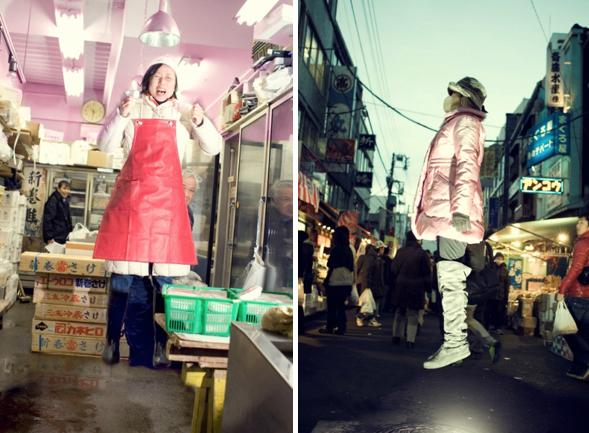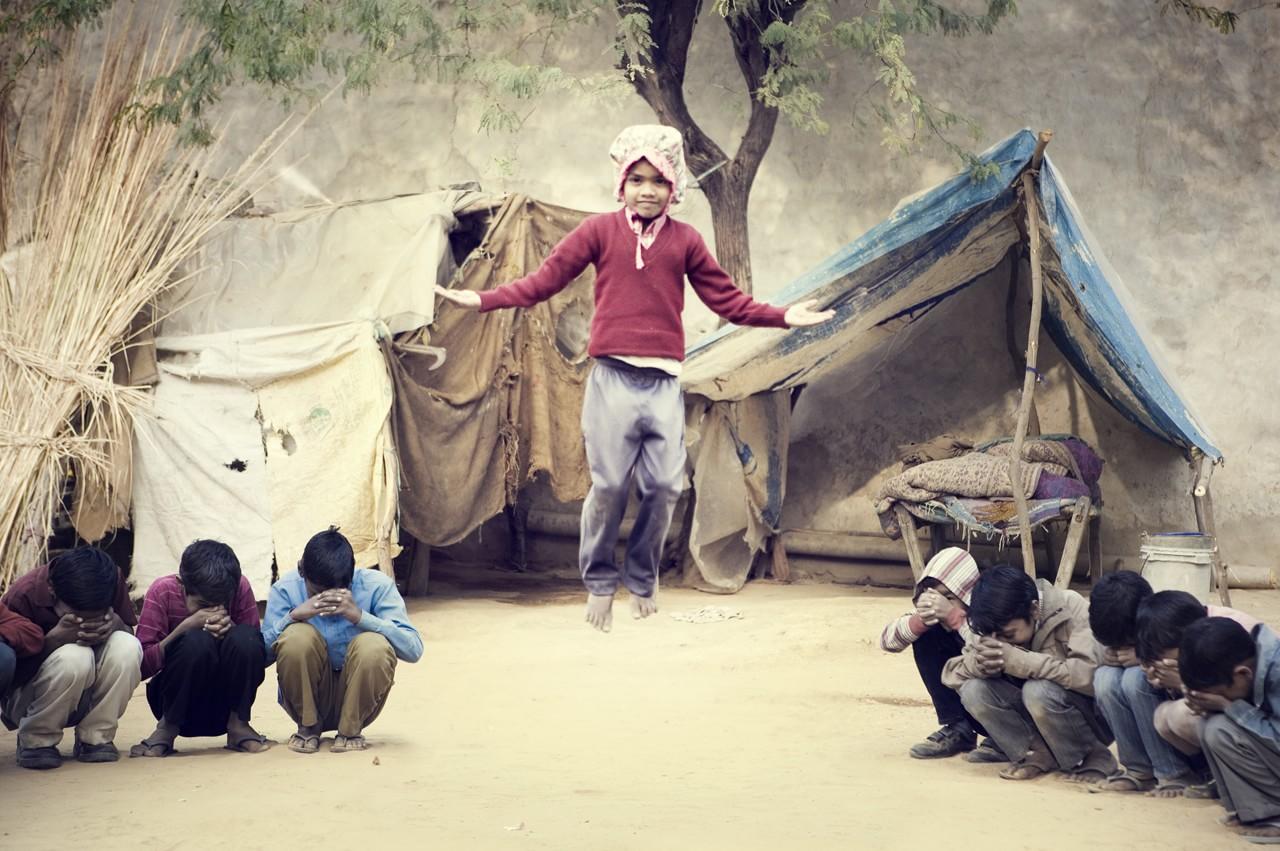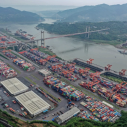Airborne Globalization: Visual Arts Project Gives Flying a Human Face
archive


Airborne Globalization: Visual Arts Project Gives Flying a Human Face
Flying – A core lifestyle practice of globalization
More than ever before, people are in motion. According to the World Tourism Organization (UNWTO), every year almost one billion people or one seventh of the world’s population are packing bags to travel.1 The most visited countries are France (76.8 million), the United States (59.75 million) and China (55.67 million). Europe accounts for about half of all visits and remains the favorite destination of international tourists while Asia is the fasted growing as a destination of choice.
An increasing number of these travelers fly. According to the Airports Council International, airlines carry more than five billion passengers annually. An estimated 158 people get on a plane every second. And while flying was a privilege of the few just four decades ago, since the 1990s it has become fairly routine for a majority of citizens of both open and authoritarian societies. Just a generation ago access to air travel and mobility were largely determined by class and cultural privilege. Now flying has opened to members of middle and even lower classes, where it is regarded as a status marker of their increasing importance in the global system, fueling their desire to represent themselves as well off through the “accessible luxury” of flying and the like. Not even the global financial crisis seems to have had much of a lasting impact, as the number of global travelers shot up by 45% between 2002 and 2012. This shift from “luxury for a few” to “normal for everybody” has brought flying into the imaginary of the good life for middle classes around the world.

Under changing political and economic conditions in regions that now increasingly adopt Western standards, the intensification of tourism is just taking off. Global travelers will be, in the years to come, people from countries that did not even appear in the statistics a decade ago: Brazil, Russia, India, and China.
The most important long-term perspective might have come at the April 2014 European Union-Africa summit in Brussels when the chairperson of the African Union Commission, Nkosazana Dlamini Zuma, stated that “if we educate our people better, they don’t have to come to the European Union by boats, but they will come using the airports.” The suggestion is that flying is becoming an issue of international justice, equality, and, most important of all, of “decentered” and post-colonial global emancipation and democratization. Flying, as part of the specific transnational lifestyle connected with the rise of a global citizenship, becomes an element in the rising global imaginary.

Flying as a constituent practice of globalization
Natxo Bassols and Andrea Bueno, two Majorca-based Spanish visual artists and passionate global travelers, investigate this process in their project, Time Out. In 2010, the pair travelled around the world carrying a camera and a small trampoline in order to spontaneously invite people from very different cultures and classes to participate in a “flying experience.” The photographer Bassols explains:
Today, flying has become a globalized “everyday practice”, at least for many people in our Western societies. But there is still a huge gap of inequality, especially among the populations of emerging societies. Most of the people who were jumping and “flying” in our project were so poor that the idea of boarding an airplane simply burst their imagination: it’s far beyond their financial possibilities, even in an age of low-cost-airlines. But at the same time their interest in other cultures and their longing to reach out for knowledge beyond their own limitations is growing due to the new technological interconnectivity and the ever-faster circulation of images around the globe, which I like to call “flying images”.2
This shifting mindset is hardly surprising, given that the global flow of images and ideas is capable of stimulating people’s yearning for a freedom that is “borderless,” independent of class and cultural affiliations. Meanwhile, the prevailing global imaginary of “people flying” also reflects a globalized business and finance culture: for more and more people, the air becomes a cultural space of assimilation to the ideology that “capitalism is the only thing working.”
The visual narration of “people in the air”
Air travel, often criticized as dehumanizing and deculturating, paradoxically also connects cultures and mindsets. Bringing this “side effect” to mainstream awareness through art and its mode of “visual alienation,” could help shape a more multivalent global imaginary. In the photographs of Bassols and Bueno, the visual narration of “people flying” not only condenses region-specific and global dimensions of the phenomenon into a transcultural practice, but also invites symbolic readings.

For one, flying (without wings or vehicle) is probably one of humanity’s most common ecstatic dreams, independent of socio-cultural specifics. “To bodily fly” is a transcultural symbol for boundlessness and transcendence as well as for liberation. Thus Bassols understands his artistic work as a means of empowerment for the often underprivileged and poor “characters” of his visual narration:
Rising heavenward like a bird has been a symbol of luck and success in many different cultures around the globe. The dream of flying symbolizes the ideal combination of freedom and control, a balance that is often lacking both individually and socially for people in the regions where I worked. Ultimately, “to be airborne” means to be in the space between heaven and earth. This refers to the immaterial world—the world of ideas, concepts and imaginations. As people “fly” they appear to detach very quickly from accustomed, everyday experiences and become freer in their perception and thinking. Air in turn is like our thoughts, and like aspects of globalization today it is intangible, free and fleeting, unpredictable and open.
Outlook: Focusing on the aesthetics of change
Before exploring still photography, Bassols worked for sixteen years with video and film. He’s convinced that photography is the best tool for grasping the nature of time in the “timeless” age of globalization—for exploring the complex dialectic between “real-time” movement and motionlessness at the core of our globalized comprehension of time.
In the pictures of Bassols and Bueno time is standing still, even though people appear to be aloft, in flight. Through their work, the artists are challenging accustomed patterns of perception. The images exemplify their search for artistic forms that reflect the relativity of time, transformation, and change in the age of globalized dreams and aspirations.

Sage Publications, 2012, Volume 2, pp. 1076-1080.




